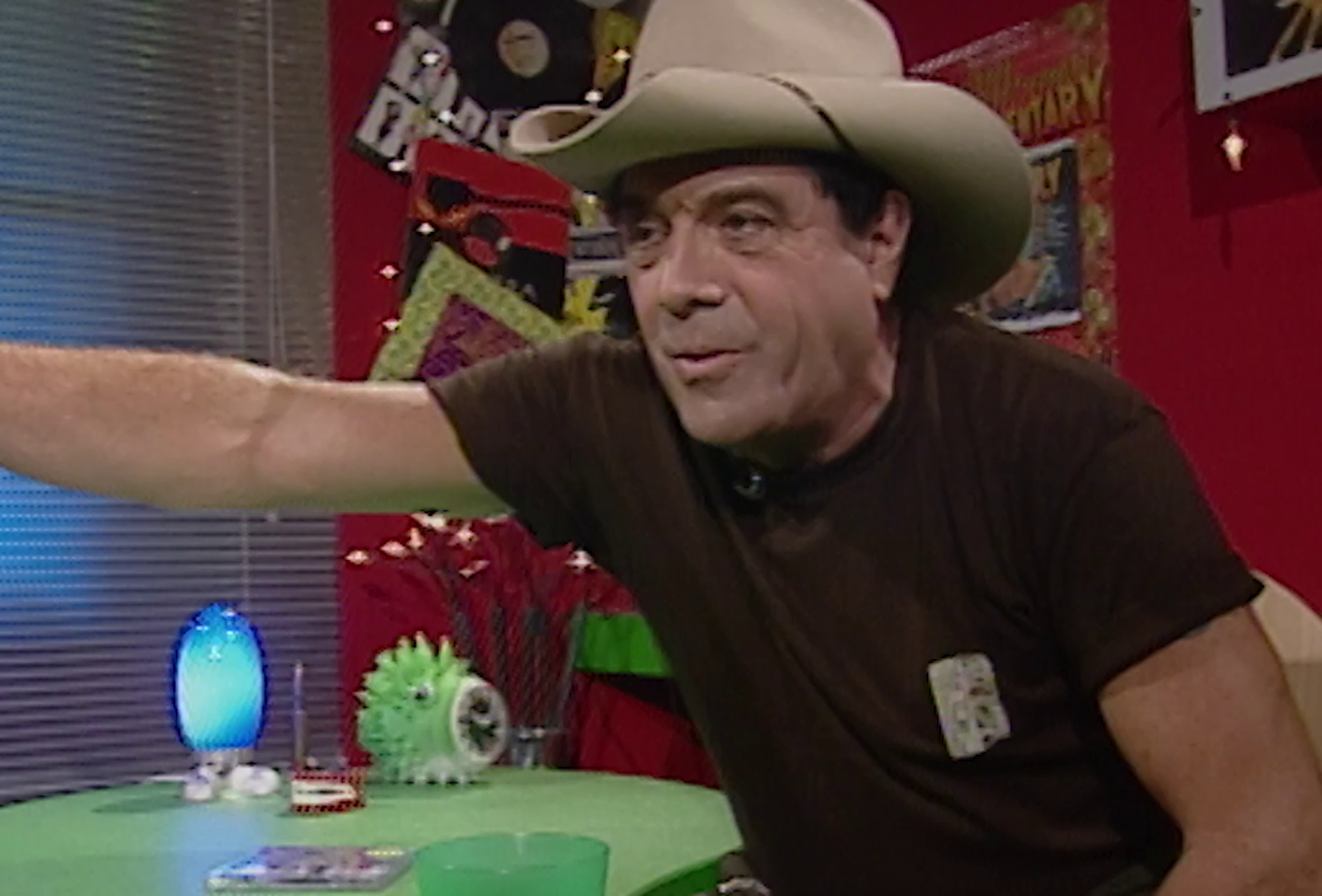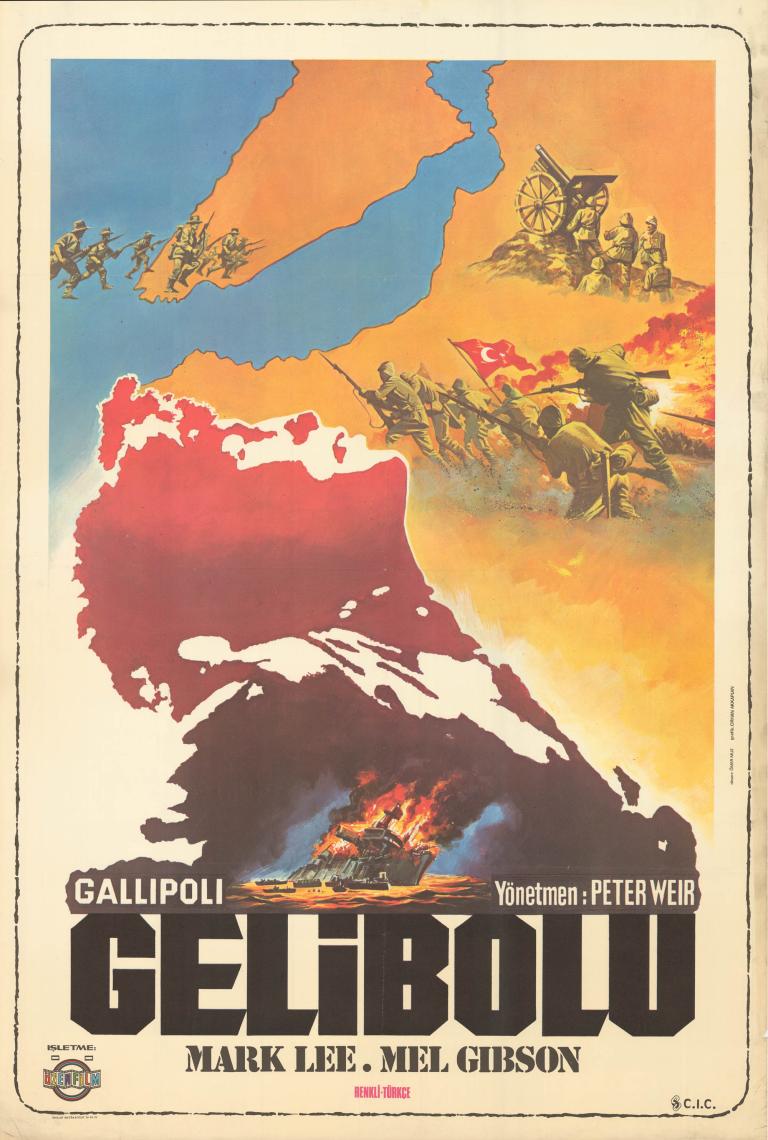
Turkish poster for Gallipoli
Posters are a significant part of the theatrical distribution strategy of a film. Alongside other assets like the trailer, photography and interviews with cast and crew, they can persuade audiences to make the trip to their local cinema. Posters can also be tailored to a film's release in different countries, because what might interest an Australian audience might be different for a Turkish audience. What’s interesting about this poster from 1981 is that it’s for the Turkish release of Gelibolu (Gallipoli) – a gripping Australian war drama that centres on the conflict between Anzacs and Turkish soldiers (who were part of the Ottoman Empire) in the First World War. The film, directed by Peter Weir and starring Mark Lee and Mel Gibson, is very much from the perspective of the Anzacs as they went to fight in this historic 1915 campaign, but in this poster – created for Turkish audiences – you can see the Turkish flag waving alongside a group of charging soldiers, showing their significance to the plot of the movie.
While it may seem unusual to promote an Australian war movie in the territory where that war took place, the Gallipoli campaign was pivotal in forming the national identity of both countries. For Australians, the campaign known as 'Gallipoli' (fought on the Gallipoli peninsula) formed the legend of the Anzacs and only ended after eight months, when the British Empire and French forces withdrew after suffering 44,000 deaths. The Turkish defenders, while victorious against this foreign invasion, had at least 85,000 soldiers also die in the campaign they refer to 'Çanakkale Savaşı'. The location remains a popular tourist attraction – so much so that the film remains in nightly rotation at local hostels and hotels. The film was also significant for helping launch Gibson's international career before Mad Max 2 (AKA The Road Warrior, 1981) cemented his place on the global stage.
The National Film and Sound Archive of Australia acknowledges Australia’s Aboriginal and Torres Strait Islander peoples as the Traditional Custodians of the land on which we work and live and gives respect to their Elders both past and present.



